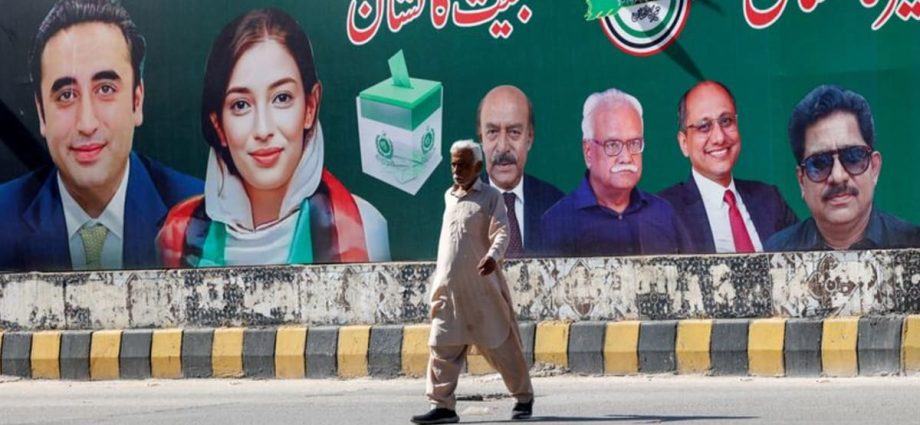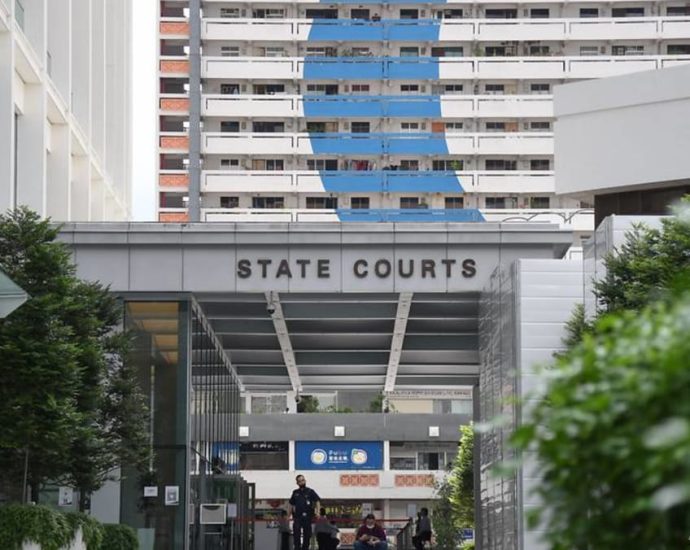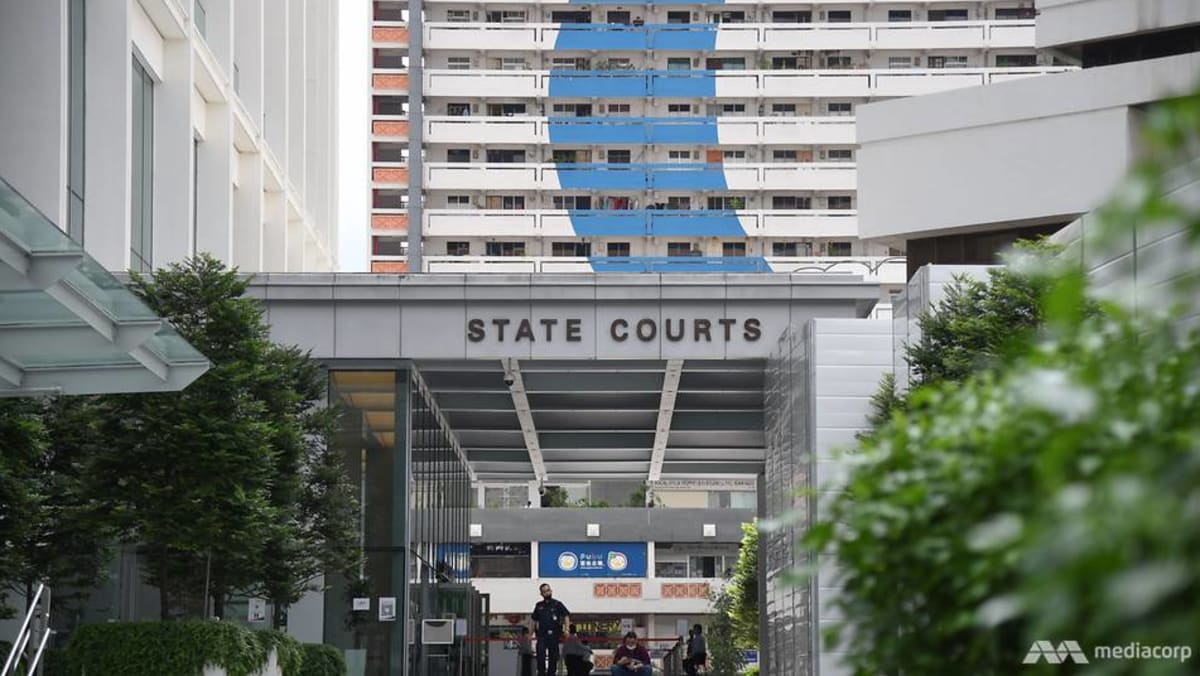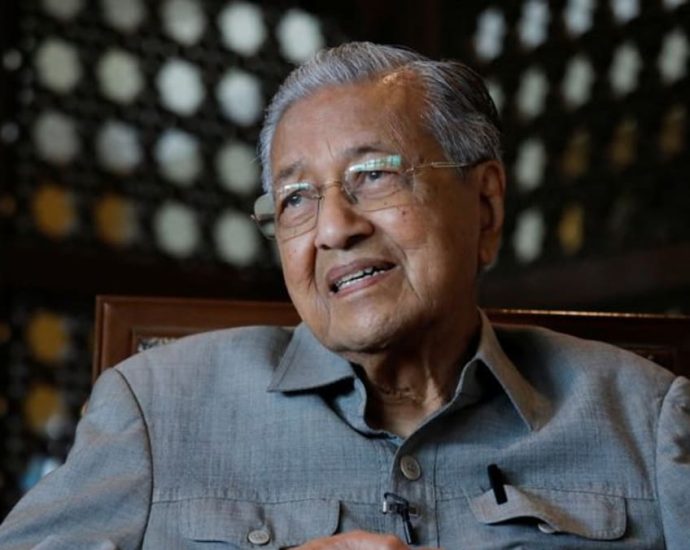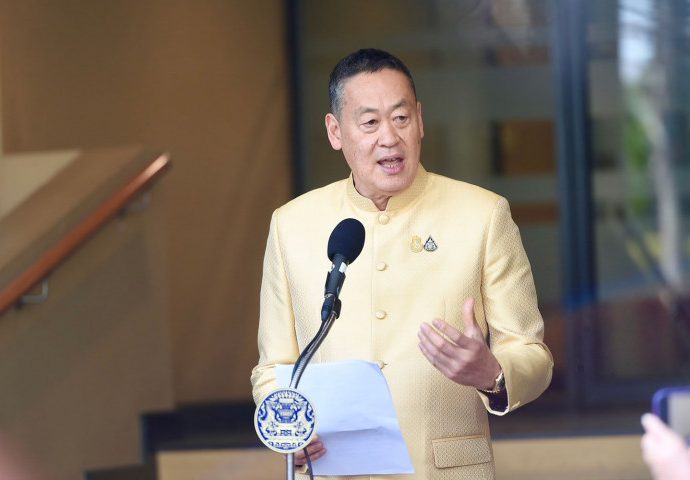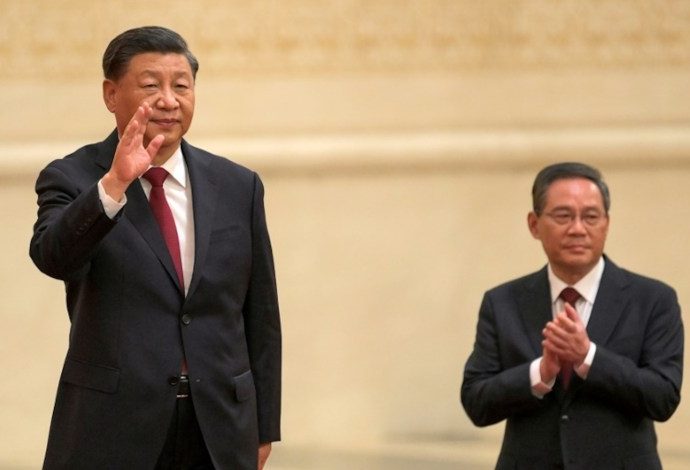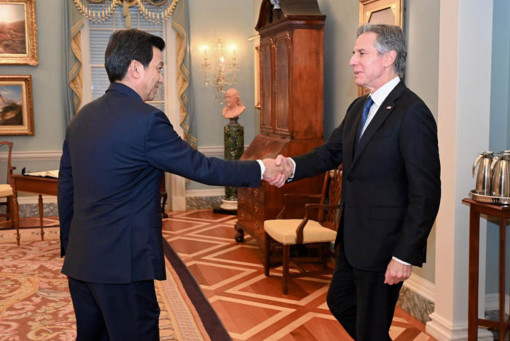Pakistan parties rule out alliances in post-election deadlock
“HUGE CRISIS” Bhutto Zardari, the son of assassinated former prime minister Benazir Bhutto and former president Asif Ali Zardari, said he would like to see his father become president again. “And I am not saying this because he is my father. I am saying this because the country is inContinue Reading

